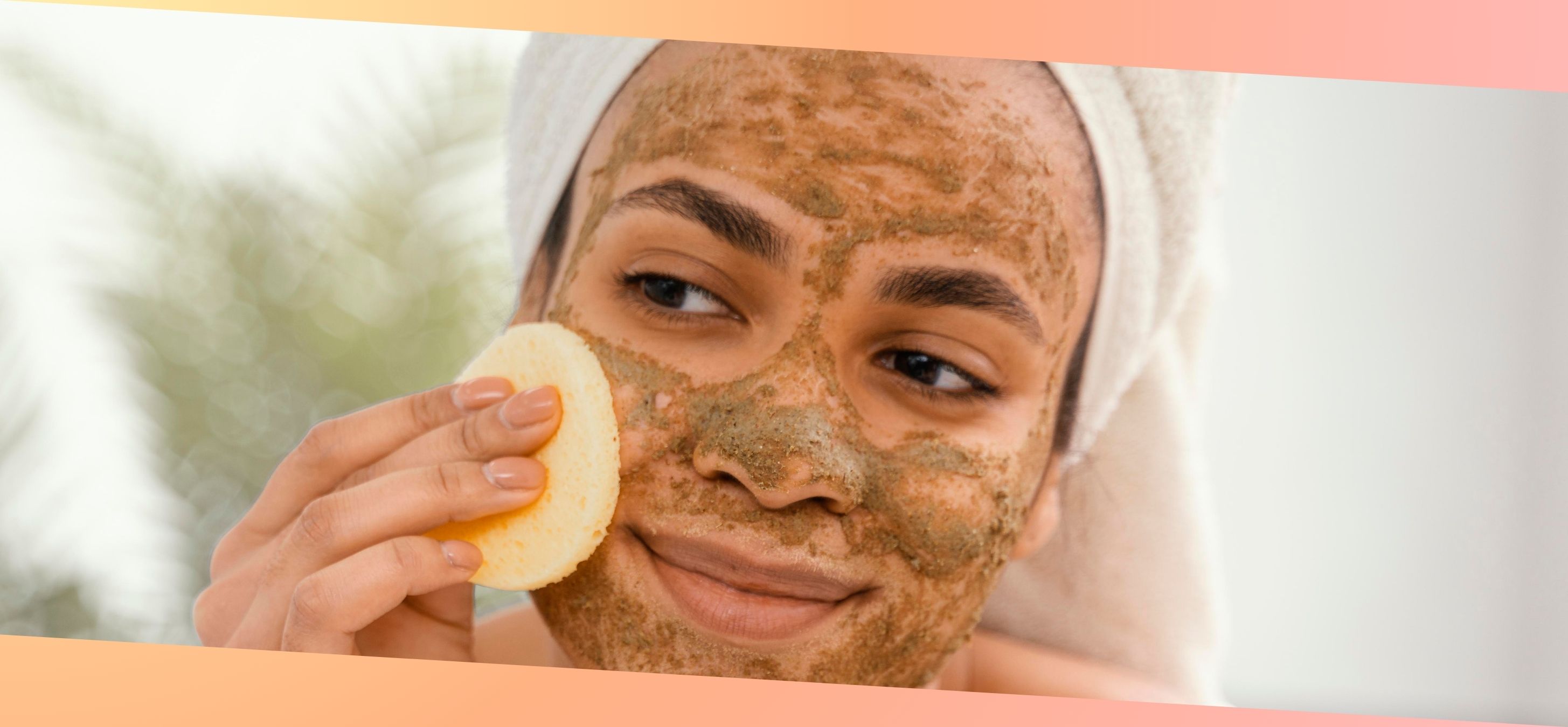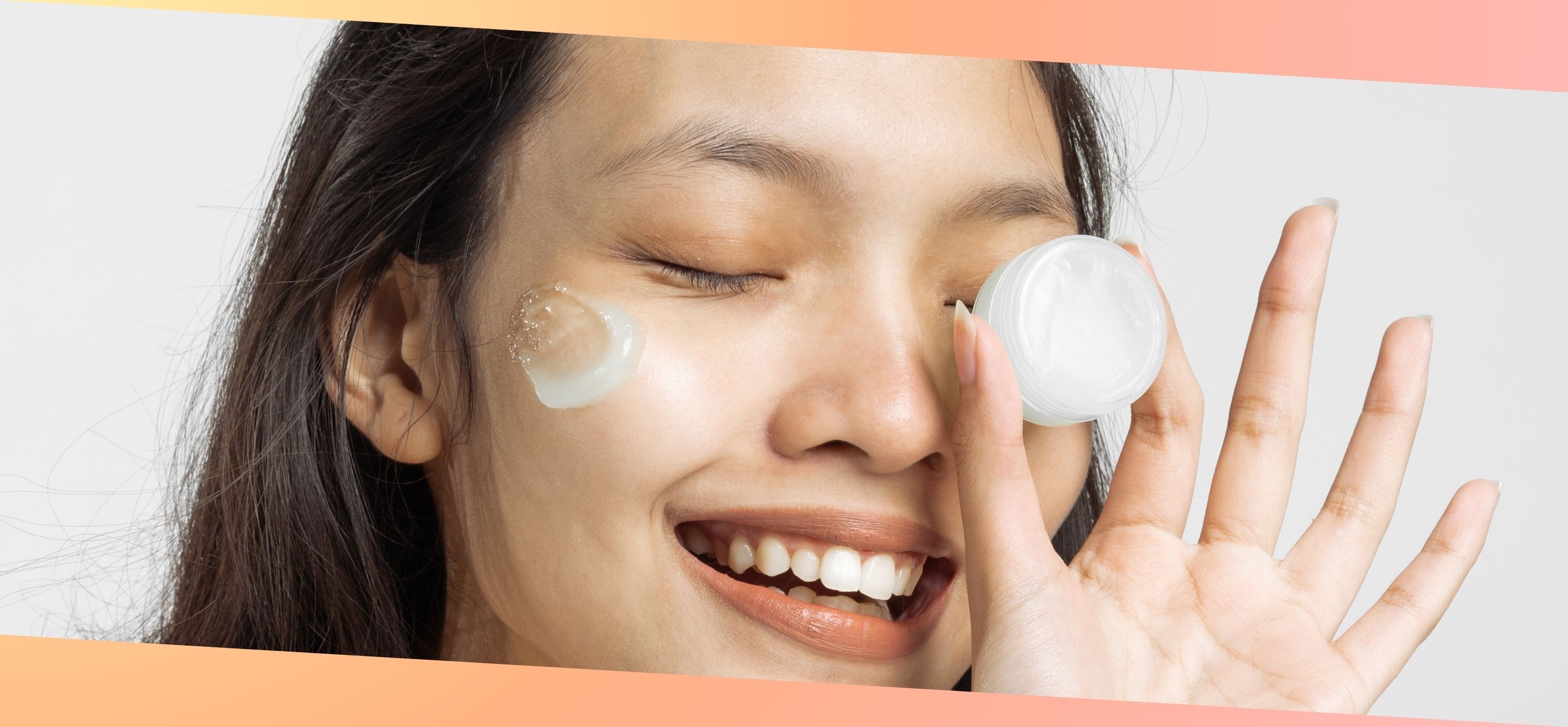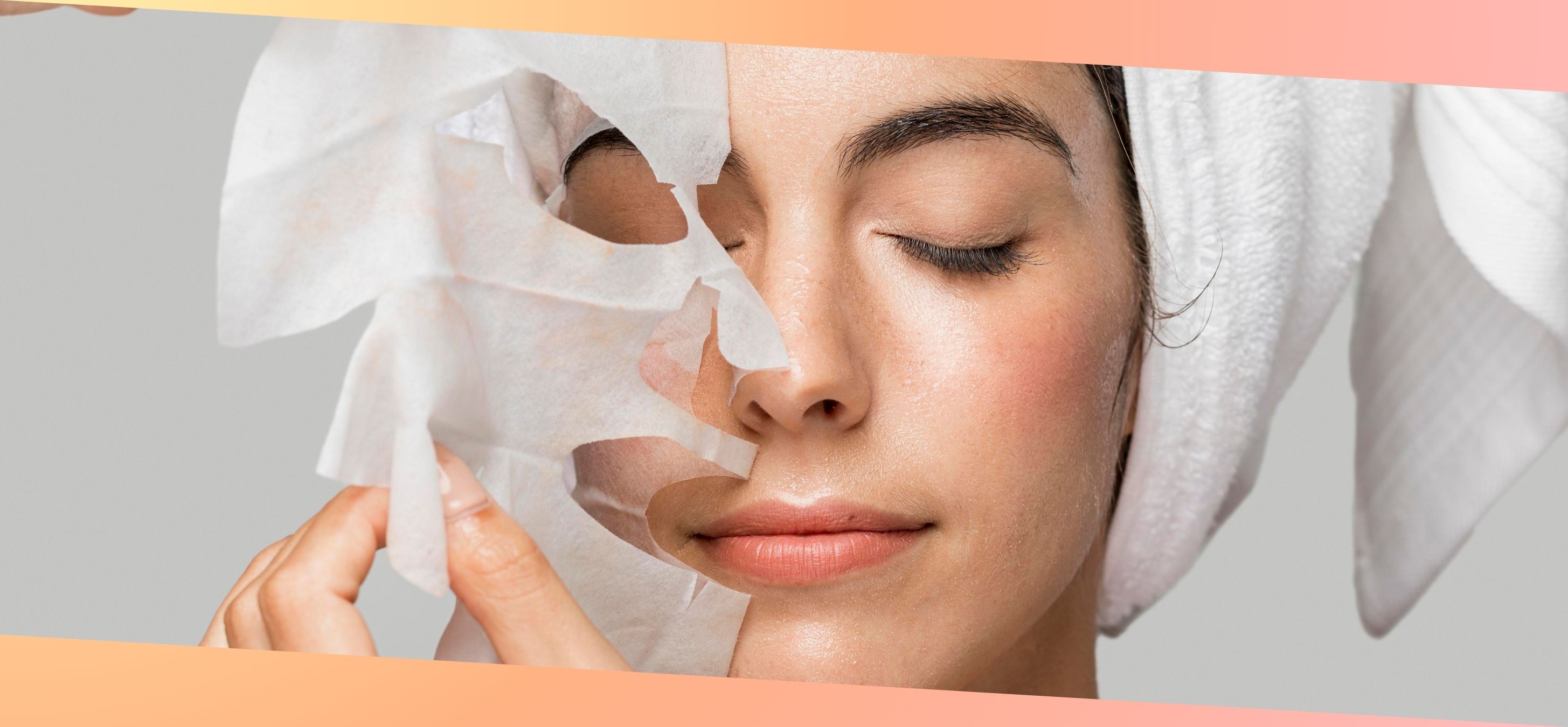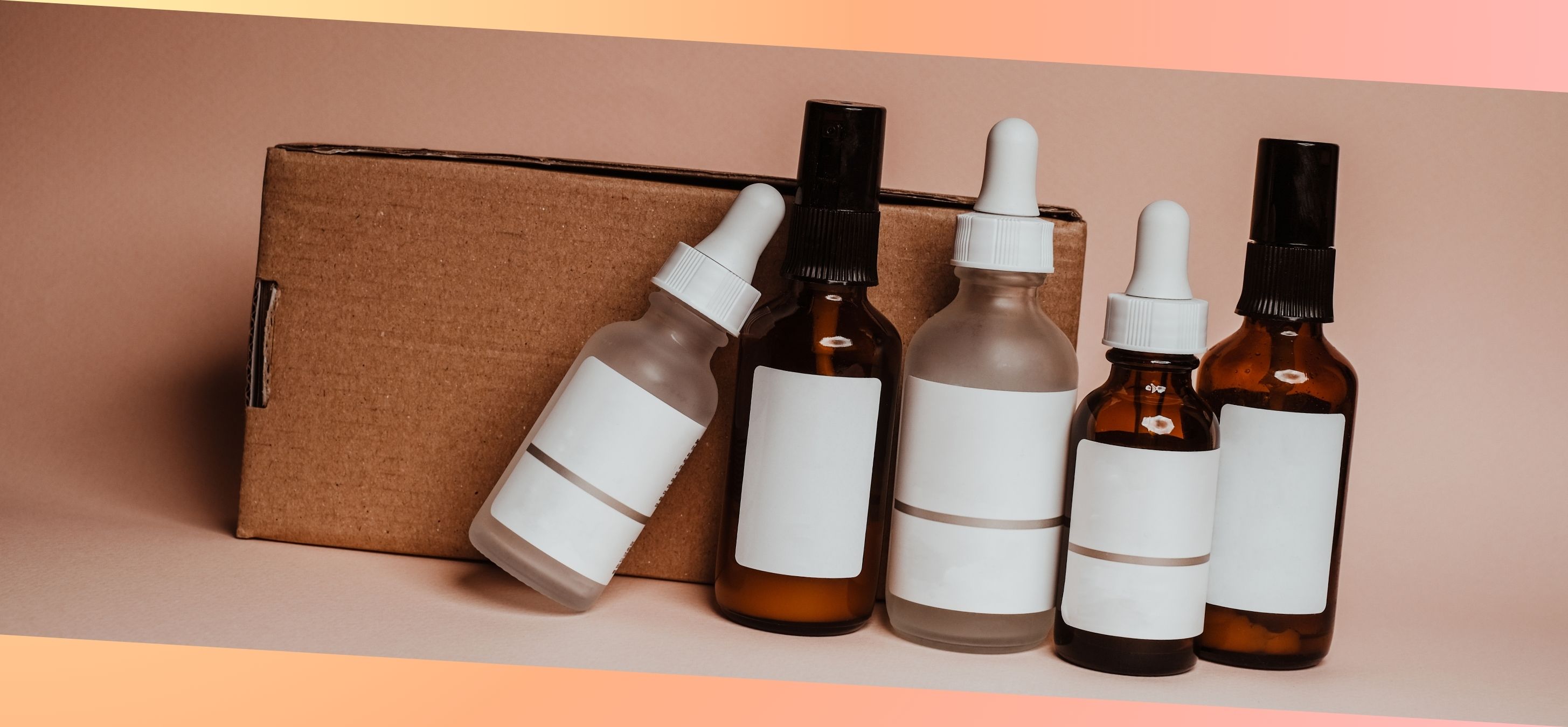
It’s certainly not just you who keeps thinking, “Why me?” “Why do I not have celebrity-like crystal-clear skin that glows sparkling white in the scorching sun that beams upon me daily?” We agree that dealing with an uneven skin texture can take a toll on us, unnecessarily leaving us to figure out its root cause alone. But that’s completely alright.
Textured skin can result from hormonal imbalance, acne scarring, aging, pollution, sun exposure, skin conditions like melasma, dehydration, and sometimes even genetics. But if it makes you uncomfortable and keeps you thinking of how to get rid of textured skin, this blog will help you understand how to improve uneven skin tone.
1. Find the culprit, the root cause

Textured skin with bumps, dry patches, lines and wrinkles, and rough skin are common. However, the reasons for these causes can differ from person to person due to several factors. You have fought half the battle there if you can crack the code to your skin’s root problem. For example, if your concern is acne scarring, you must inculcate acne-friendly and anti-acne ingredients. You can swear by the best ingredients in town, such as salicylic acid, benzoyl peroxide, non-comedogenic products, niacinamide, etc.
Finding the right product formulation that suits your skin according to your skin type is very important. Creamy products are a straight no for oily and acne-prone skin types, whereas they can work in favor of dry to combination skin. Knowing your skin type is one thing; understanding what can work best for your skin is another.
2. Exfoliate and burst the myth

You might have heard exfoliating is harsh on the skin. It disturbs the skin layer, or even exfoliating means tearing your skin apart. But it’s all vague until you know the correct formulations, processes, and techniques to work around to exfoliate your skin. Exfoliating results in smoother, softer, and plumper skin if done right. A regular face wash can remove the dirt and grime on the uppermost layer of your skin. But, to cleanse your skin from the inside and eliminate the excess sebum accumulated over time, it needs something that complements it.
The first step towards having an even skin tone is to enhance the skin’s texture. Popular exfoliants like AHAs and BHAs will deeply exfoliate, remove dead skin cells, and improve collagen and overall skin health. Also, serums, peels, and exfoliating cleansers are the best agents that can significantly improve the appearance of uneven skin texture with consistent usage. It is best to avoid physical exfoliants with harsh shells of walnut apricots, which can abruptly worsen the concern.
3. Use vitamin C serum to restore new collagen

Vitamin C is a powerhouse of rich antioxidants with solid defense and repair properties against environmental damage. It can battle uneven skin texture and help in evening out skin tone. While Vitamin C repairs and nourishes with its soothing properties, it also stimulates collagen and elastic production, improving the firmness of uneven skin tone.
Vitamin C, with its brightening properties, reduces the appearance of dark spots, usually caused by excessive melanin production in our bodies. Vitamin E and C work best together since they both lessen the effects of UV radiation on the skin and protect it from them.
4. Pick a good daily moisturizer

Baby skin is smooth and supple, with active collagen production and firm elasticity that nourishes it. But as we grow older, we naturally lose firmness, and our skin starts to lose hydration. However, a good moisturizer can improve dryness or excess oiliness according to your skin type.
For example, a light gel-based moisturizer can work best for oily to combination skin types, keeping skin hydrated without feeling greasy or oily. On the other hand, a thick cream-based rich moisturizer can deliver instant softness to dry, rough skin.
5. Wear your sunscreen daily

Even mild sun rays bouncing off your skin surface can harm your skin in the long run. You have no idea how these intangible rays can damage your skin by UV radiation and cause textured skin. Harmful UV rays can harm and reduce the firmness and elasticity of the skin, making it look dull and rough and causing lines and wrinkles.
Applying a bare minimum of SPF 30 can do wonders for your skin, whether it’s scorching summer days or breezing winter cold. Sunscreen shields your skin from UV radiation and safeguards exposed areas. By far, sunscreen is the best anti-aging product one can swear by because it can help with hyperpigmentation, sun spots, etc.
6. Invest in retinol and retinoid to activate cell turnover

Retinoid, the umbrella term for vitamin A derivatives, includes retinol and other prescribed options. While retinol is a specific ingredient, it falls under the broader category of retinoids. A good retinol or retinoid can help you boost collagen production and better your deep scars. If you are new to chemicals, remember to take it in slowly. Your skin will take time to get used to new substances and chemicals on your skin.
Start by squeezing a pea-sized liquid, gently dab, and massage it over your clean, moisturized skin. Remember to take it slow. Start using retinol only once a week for the first week, then twice for the second week, thrice for the third week, and gradually increase the number of days until you feel no dryness or irritation by its application. Also, note that some retinoids need a prescription before you use them since these are high-strength alternatives to regular retinoids.
7. Try a Chemical Peel

There are several types of chemical peels you can choose from. The one-in-office treatments are more potent and strong and need to be carried out by professionals only, whereas the regular peels can be practiced and applied at home by oneself.
The most common and effective peels are AHAs, which include mandelic, lactic, and glycolic acids. When AHA peels with intermediate strength are applied at regular intervals, like once every six months, they can greatly improve overall skin texture.
8. Know Your Face Acids

There are many face acids to choose from, like salicylic acid, glycolic acid, kojic acid, mandelic acid, lactic acid, hyaluronic acid, ascorbic acid, and so much more. However, only some of these acids are meant to benefit you if they match your skin type.
Kojic acid will improve the lightening of dark spots and treat melasma, but it won’t show efficient results in boosting skin glow. Mandelic acid, with its antibacterial properties, will work specifically better in reducing clogged pores and managing acne. So, it’s important to know your respective skin concerns and type to improve the skin’s overall texture as per your needs rather than deteriorating with substantial wrong face acids.
Social media offers a pool of resources, from blog articles sharing secrets to glowing, healthier skin to ingredients to eat and ingredients to apply by beauty influencers to attain the skin of our dreams. However, to pick what works best for our skin and shows results, the research isn’t solely enough to crack the code.
You must do your homework about knowing your skin from the inside out to get results that speak volumes. Understanding your skin starts with knowing your skin type, eating habits, and daily run time and slathering the right ingredients that literally do their job of healing and nourishing. By doing this, you cross the first ladder to find your result on how to get rid of textured skin.




